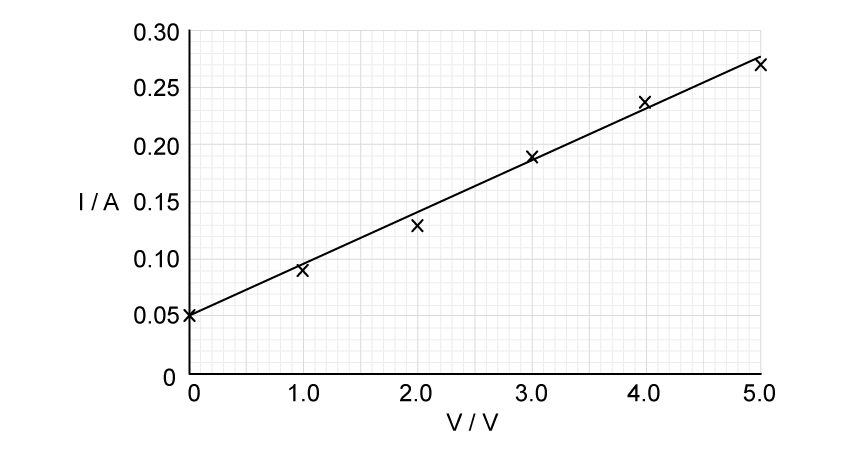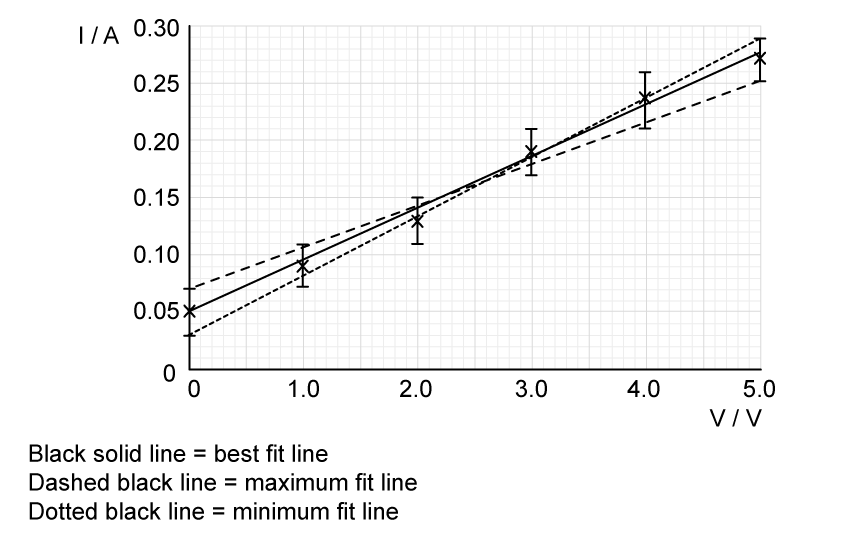Question 1a
A student uses a stopwatch to measure the time taken for a pendulum to complete one swing.
The display on the stopwatch after the pendulum completes 10 swings is shown on the diagram.

[1]
Question 1b
[4]
Question 1c

[2]
Question 1d
In order to reduce errors, a different student collected measurements of time over 20 cycles instead of 10.
| using a larger sample to calculate the mean value reduces the uncertainty in the final value | |
| these cause values to be different by the same amount each time, hence they are not influenced by repetition |
| using a larger sample to calculate the mean value reduces the uncertainty in the final value | |
| these cause values to be different by the same amount each time, hence they are not influenced by repetition |
[4]


